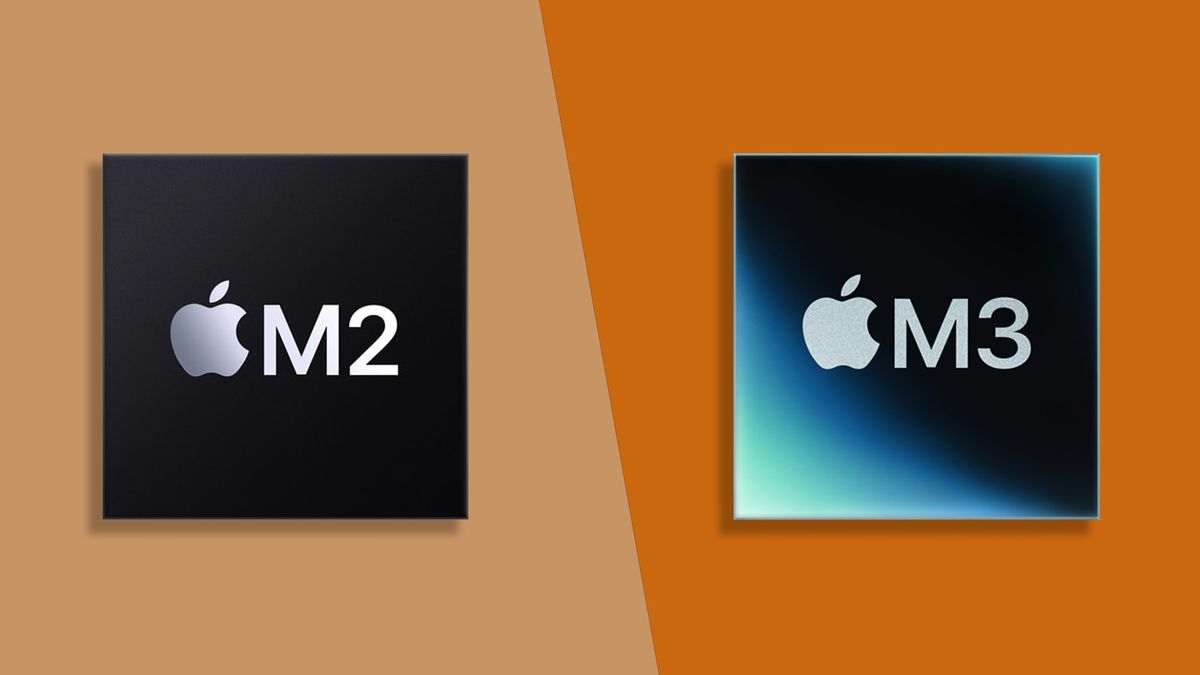Apple’s M3 series of chips, announced in October 2023, has taken center stage as the company’s most important Mac silicon. Along with the M3 Pro and M3 Max, the M3 chip is a key component in Apple’s latest Macs. While there is a lot to like about these new chips, especially for users coming from older Macs running on the M1 or Intel chips, the question remains – how does the M3 compare to its predecessor, the M2?
To answer this question and help consumers make informed purchasing decisions, we will explore the specifications, features, and differences between the two chips.
Both the M2 and M3 chips are positioned as the base models in their respective lineups and are commonly found in Macs such as the iMac, MacBook Air, and Mac mini. Despite their entry-level status, these chips offer impressive performance and reliability, thanks to Apple’s advancements in chip design.
Starting with the CPU, both the M2 and M3 chips feature eight cores divided into four performance and four efficiency cores. This configuration allows for efficient power usage, with the ability to utilize all cores simultaneously for enhanced performance when needed.
Moving to the GPU, both chips offer the same core configurations, but users have the option to upgrade to a 10-core chip for additional GPU power. The M3 chip boasts five billion more transistors than the M2, resulting in a 15% improvement in AI and machine learning workflows. Those working with GPU-intensive tasks may find the M2 Max or M3 Max, with larger GPU core counts, more suitable for their needs.
In terms of architecture, the M3 chip stands out with its new 3nm manufacturing process, which allows for cooler and more efficient operation, compared to the 5nm process used in the M2. This improved process enables the M3 to run harder and for longer durations. Additionally, the M3’s GPU supports Dynamic Caching, optimizing GPU performance by allocating the exact amount of memory required for tasks.
Both the M2 and M3 chips are currently available in select Apple machines. The M2 chip is found in various Mac models, while the M3 chip is currently limited to the M3 24-inch iMac and the M3 14-inch MacBook Pro. However, it is expected that Apple will expand the availability of the M3 chip in future updates to the MacBook Air, Mac mini, and potentially the iPad Pro.
When deciding between the two chips, it ultimately comes down to individual needs and usage. For most users performing everyday tasks, the M2 chip offers more than enough power, with its fast performance, quiet operation, and efficient battery usage. The M3 chip brings additional improvements, particularly in GPU performance, but these may not be noticeable for the average user compared to the M2.
For users currently using an M1 Mac, the M3 chip presents a significant upgrade, especially in the case of the 24-inch iMac and the 14-inch MacBook Pro. The M3 models offer not only a new chip but also enhanced displays and other features that make them compelling options.
In summary, both the M2 and M3 chips offer excellent performance and reliability. The choice between them depends on individual needs, with the M2 being more than sufficient for most users, while the M3 provides additional improvements for those seeking top-tier performance. As Apple continues to innovate its chip technology, consumers can look forward to more powerful Macs in the future.

I have over 10 years of experience in the cryptocurrency industry and I have been on the list of the top authors on LinkedIn for the past 5 years.

